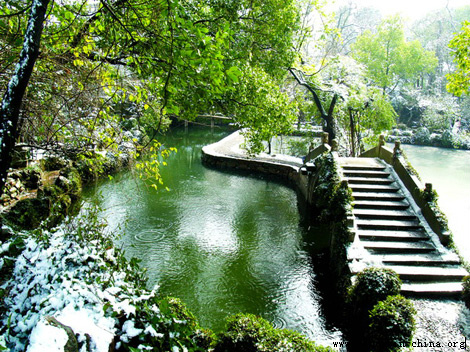| Home > China Feature |
Exhibition of Ancient Chinese Jades
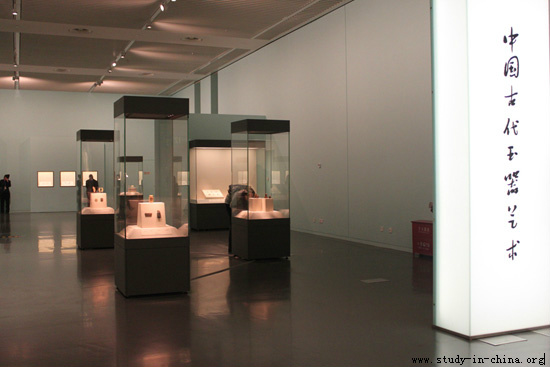
At least 8,000 years ago, Chinese ancestors discovered a beautiful stone – jade, while making polished stone tools – the start of a distinct jade-carving tradition. Ancient Chinese beliefs held jade to be the crystallization of the quintessence of heaven and earth. Thus, jade was sacred and often personified as well as endowed with aesthetic values. The exhibition displays the finest jade objects dating from the Neolithic times to the Qing Dynasty.
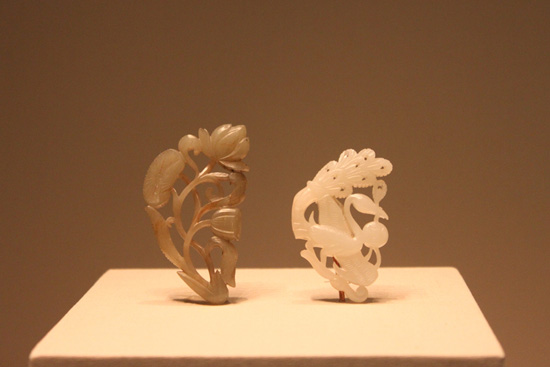
At least 8,000 years ago, Chinese ancestors discovered a beautiful stone – jade, while making polished stone tools – the start of a distinct jade-carving tradition. Ancient Chinese beliefs held jade to be the crystallization of the quintessence of heaven and earth. Thus, jade was sacred and often personified as well as endowed with aesthetic values. The exhibition displays the finest jade objects dating from the Neolithic times to the Qing Dynasty
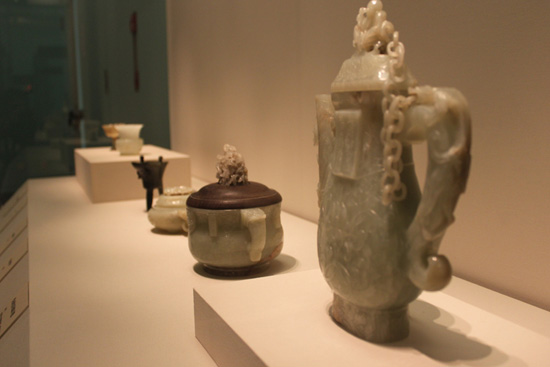
At least 8,000 years ago, Chinese ancestors discovered a beautiful stone – jade, while making polished stone tools – the start of a distinct jade-carving tradition. Ancient Chinese beliefs held jade to be the crystallization of the quintessence of heaven and earth. Thus, jade was sacred and often personified as well as endowed with aesthetic values. The exhibition displays the finest jade objects dating from the Neolithic times to the Qing Dynasty
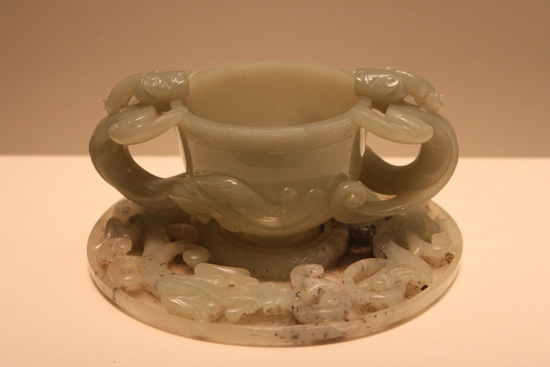
At least 8,000 years ago, Chinese ancestors discovered a beautiful stone – jade, while making polished stone tools – the start of a distinct jade-carving tradition. Ancient Chinese beliefs held jade to be the crystallization of the quintessence of heaven and earth. Thus, jade was sacred and often personified as well as endowed with aesthetic values. The exhibition displays the finest jade objects dating from the Neolithic times to the Qing Dynasty
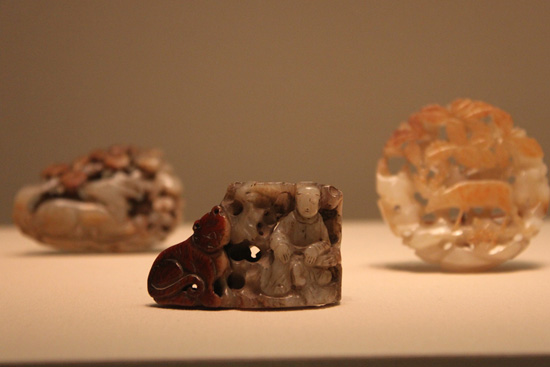
At least 8,000 years ago, Chinese ancestors discovered a beautiful stone – jade, while making polished stone tools – the start of a distinct jade-carving tradition. Ancient Chinese beliefs held jade to be the crystallization of the quintessence of heaven and earth. Thus, jade was sacred and often personified as well as endowed with aesthetic values. The exhibition displays the finest jade objects dating from the Neolithic times to the Qing Dynasty
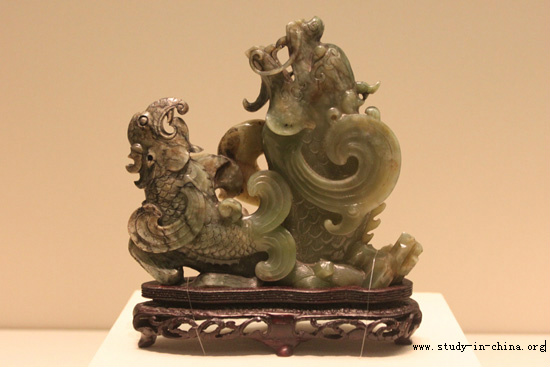
At least 8,000 years ago, Chinese ancestors discovered a beautiful stone – jade, while making polished stone tools – the start of a distinct jade-carving tradition. Ancient Chinese beliefs held jade to be the crystallization of the quintessence of heaven and earth. Thus, jade was sacred and often personified as well as endowed with aesthetic values. The exhibition displays the finest jade objects dating from the Neolithic times to the Qing Dynasty
Art
 more
moreChina Beijing International Diet ...
Recently, The hit CCTV documentary, A Bite of China, shown at 10:40 ...
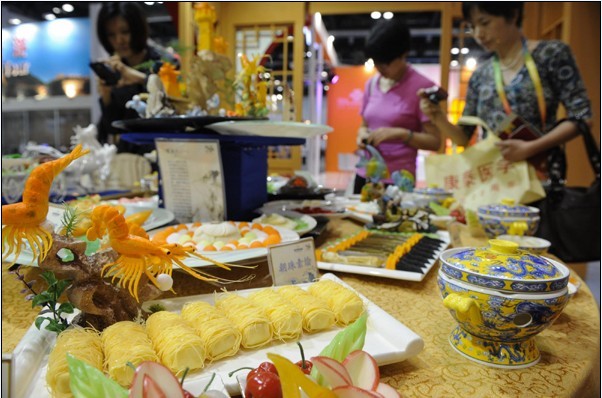
Exhibition of Ancient Chinese Jad...
At least 8,000 years ago, Chinese ancestors discovered a beautiful...
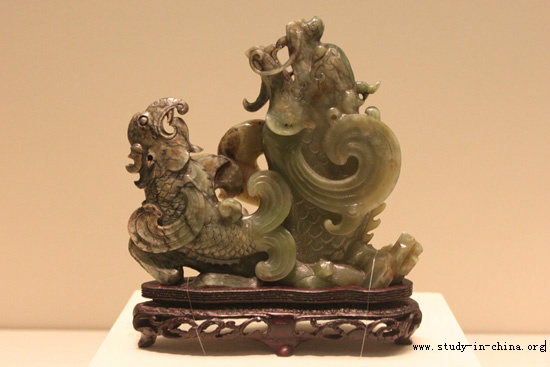
Longmen Grottoes
The Longmen Grottoes, located near Luoyang, Henan Province, are a tr...
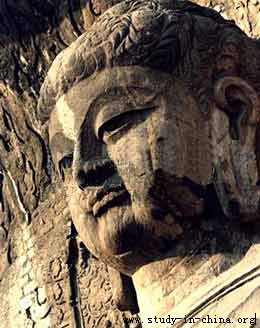
Custom
 more
moreWeb Dictionary
Martial Arts
Tai Chi Master Class Held in Moscow
MOSCOW, June 15, 2016 (Xinhua) -- Students learn from Shaolin ...
Celebriting 70 years' efforts in restoring Mogao...
Work is being carried out at the restoration site of cave No 98 a...
Hong Kong Children's Symphony performs in Seattle
Under the theme of Tribute to the Golden Age, a concert featuring a ...





 print
print  email
email  Favorite
Favorite  Transtlate
Transtlate 